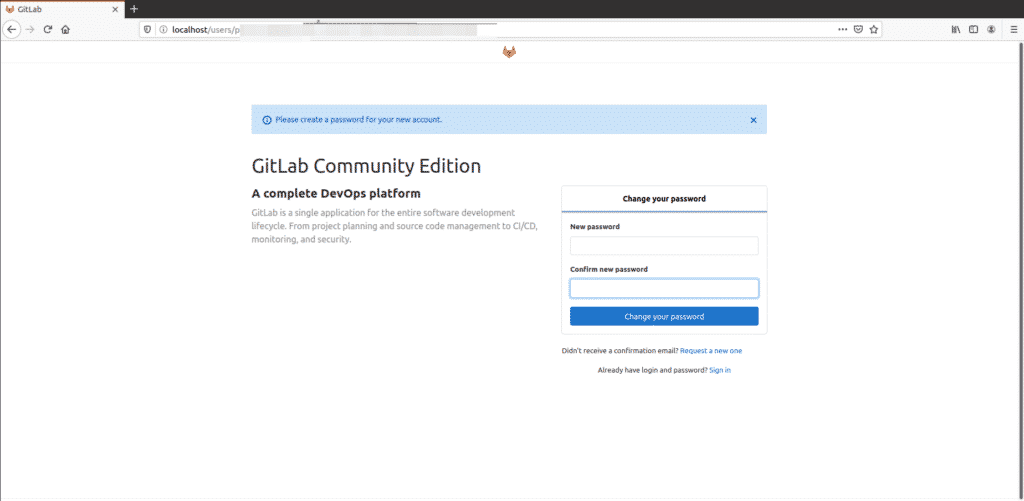
Please enter the default Docker image (e.g. Please enter the executor: shell, ssh, docker+machine, docker-ssh+machine, kubernetes, docker, docker-ssh, parallels, virtualbox: Whether to lock the Runner to current project : Please enter the gitlab-ci tags for this runner (comma separated): Please enter the gitlab-ci description for this runner: Please enter the gitlab-ci token for this runner: Please enter the gitlab-ci coordinator URL (e.g. Using Docker, we can start a terminal with this command. Our goal is to start a terminal within the container to perform the registration process. Don’t worry about keeping this container in perfect condition because we will discard it after the registration process. The easiest way to register a Runner is to start a Docker container locally with the Runner.

We will use the registration details we obtained from Gitlab to complete this step. Next, we need to go through the registration process to connect a new Runner. The registration token we are looking for will be automatically generated under the third item in the list. This page hosts the details we need to register a new Runner with Gitlab.

Then, find the section titled: Set up a specific Runner manually. Head to your online Gitlab repository and go to Settings > CI/CD > Runners. This token is necessary because it create a new authentication token that connects the Runner to Gitlab.įirst, we need to request a new registration token from Gitlab. The first step to deploying a Gitlab Runner on Kubernetes is to obtain a registration token from Gitlab. The final result is functionally equivalent but without the extra tooling. To reflect this, this guide exhibits how to manually install the Runner on Kubernetes without using Helm, like the official guide. Note: When setting up the runner for myself, I wanted complete control over the resources deployed on my cluster. In this tutorial, I will demonstrate how to set up Gitlab’s CI/CD System and launch it on a Kubernetes cluster - for releases that are 100% automated. Building this system is easy with Gitlab’s CI/CD Runner and Google Kubernetes Engine (GKE). A automated pipeline to build, test, and deploy your code is realizable by integrating a CI/CD System with Kubernetes.

Along with CI/CD Systems, automated deployment and orchestration tools, like Kubernetes, have taken over data-centers with fully containerized workloads. Teams that use CI/CD Systems can build, test, and deploy every commit from their codebase. Using CI/CD Systems to quickly build and deploy software has become the norm in professional software development and open source.


 0 kommentar(er)
0 kommentar(er)
